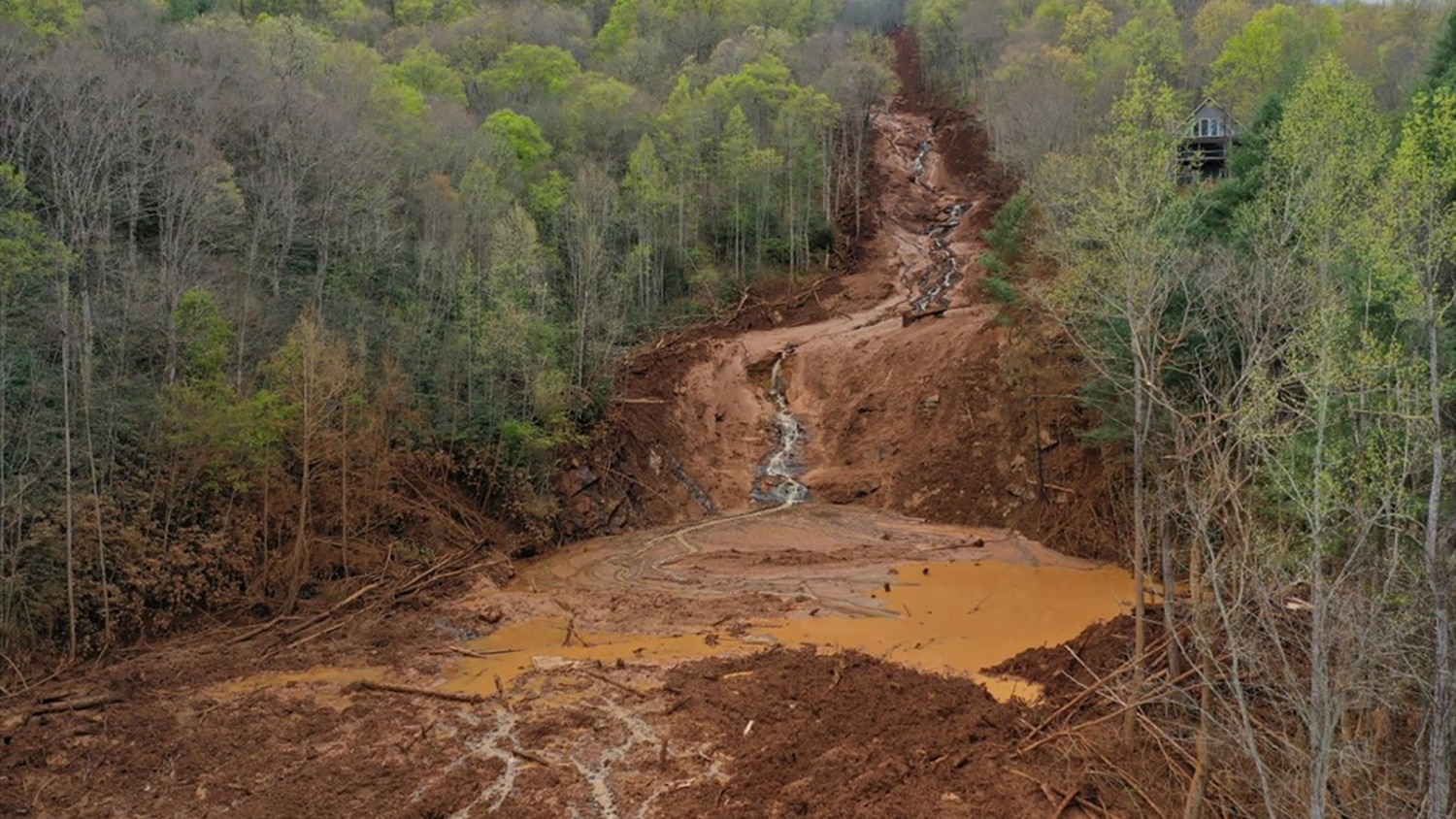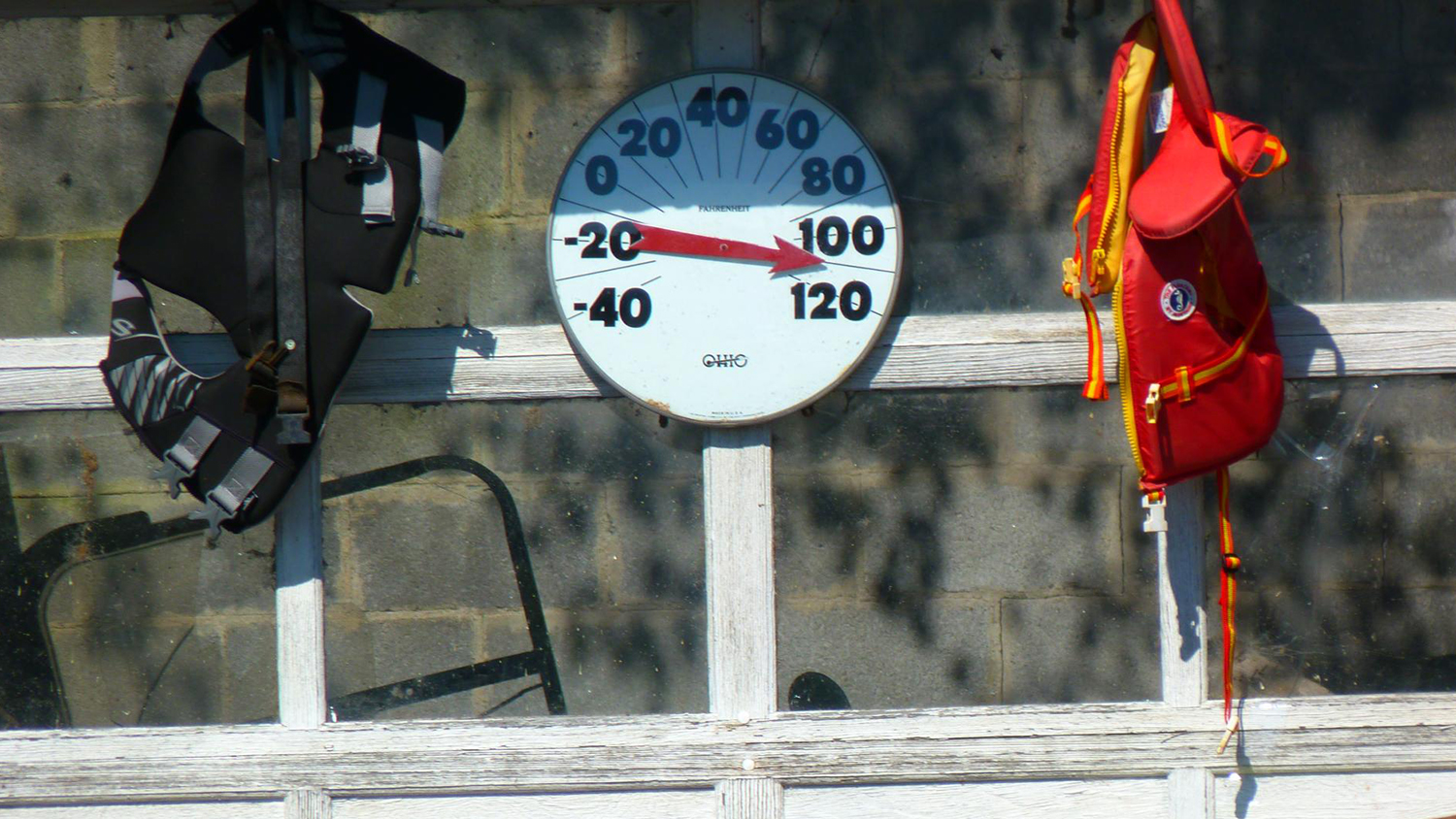marine earth and atmospheric sciences

NC State Alumni Lead Nation’s Hurricane Preparedness Efforts

Wind, Water and Warming

NC State Researchers Predict Normal Hurricane Season

Three-Time Grad Named Director of Hurricane Center

Map of Ancient Ocean ‘Dead Zones’ Could Predict Future Locations, Impacts

New Visualization Tool Helps Weather Forecasters and Researchers More Easily Identify and Study Bands of Heavy Snow

Wildfire Smoke May Have Amplified Arctic Phytoplankton Bloom

Fathom Science’s Metocean Forecasting Technology Wades Into Uncharted Territory

Getting a Better View of Landslide Risk With LiDAR

What the Sparta Earthquake Tells Us About Shallow Quakes

Keeping Track of Rare Mountaintop Plants with Drones

Five Years Later, Five Lessons Learned from Matthew

An Extreme, Unusual 2020: The Weather Year in Review

Record-Setting Rain and Heat? This Is the New Normal
